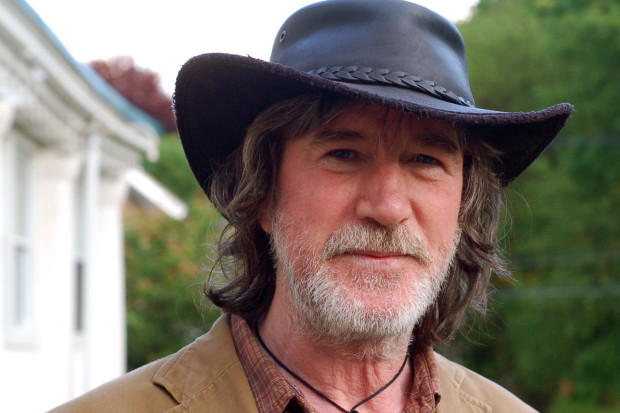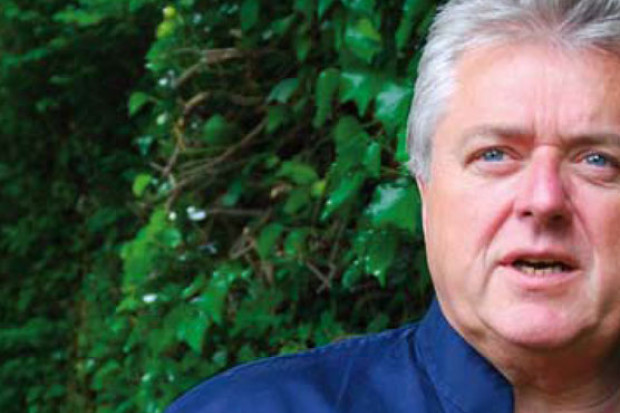
Slide - Overneath
CD Reviews: Slide – Overneath
Overneath
SDE003
The tradition of ensemble playing in Irish music has perhaps yet to find its place. Where it exists in surrounding traditions it tends to have its own central place in the life of these musics. In Ireland it is still seen as secondary to the solo tradition. You could get the distinct impression that many bands use their ensemble as primarily a means of making a living from their music abroad, supporting their solo lives as musicians at home. The models for performance are taken from a peculiar mix of popular music practice and a session aesthetic. I know of one particular popular band who boast they didn’t even rehearse for their first gig – it was a session on a popular music stage. The paradigms and heroes for ensemble performance practice in these contexts still come from the early seventies and there seems to be little space or need for an ensemble avant-garde as there is in popular music.
These observations aren’t criticisms but just one way of understanding the context for the creative challenge faced by Irish traditional bands in a commercial, modern world where the emphasis is on the next new thing. In this recording, Slide have produced a recording which does, thankfully, give their own answer to this challenge. Personally I applaud the band for attempting to be creative in a context which encourages all to ‘do it like the Bothies’ but the down side to this is that it involves taking substantial risks.
For the output of a band dominated by three tune players, the whole album is fairly song heavy (there are five songs and six sets of tunes). The tunes are presented through reasonably complex and busy arrangements – the bouzouki player Mick Broderick certainly does like working off syncopated riffs. The tunes are mainly representative of the Kerry roots of Aogán Lynch, the concertina player, and the contemporary output of the band and others. Aogán and fiddler Daire Bracken produce a really effective ensemble, both with two very different but complimentary grooves – laid-back concertina and Sligo fiddle-on-acid. I have to complain though that one of the greatest young flute and whistle players about today, Éamonn De Barra, plays very little on these instruments, beefing up the overall texture with a keyboard sound reminiscent of the Bothy Band with too much regularity. My favourite track is ‘Les Polkas’, an inventive collision of Breton and Kerry musics.
The songs are all contemporary songs penned by band members and delivered by Andrew Murray whose relaxed vocal style suits the contrasting dynamics of the band. The band becomes part of the Irish singer-songwriter tradition when it gets into song mode. These songs are obviously well crafted but they’re all a little too middle-of-the road for me. Perhaps the exception is the Crash-Test-Dummies-esque See Thru Blue, but I do wish Andrew Murray could bring himself to enunciate ‘shite’ properly!
In short, this album is a new and welcome addition to the canon of traditional music; it is creative, interesting and new. Sure, it won’t all be loved by everyone, but perhaps only the Bothy Band or Planxty could ever do that, held up as the historic and iconic example of ‘best-of’ in ensemble playing. This recording achieves a balance between the successful paradigms of the past and the creative possibilities of the future and will hopefully ensure well-deserved success for Slide.
Published on 1 November 2007
Niall Keegan is a traditional flute player and Associate Director at the Irish World Academy of Music and Dance, University of Limerick.















